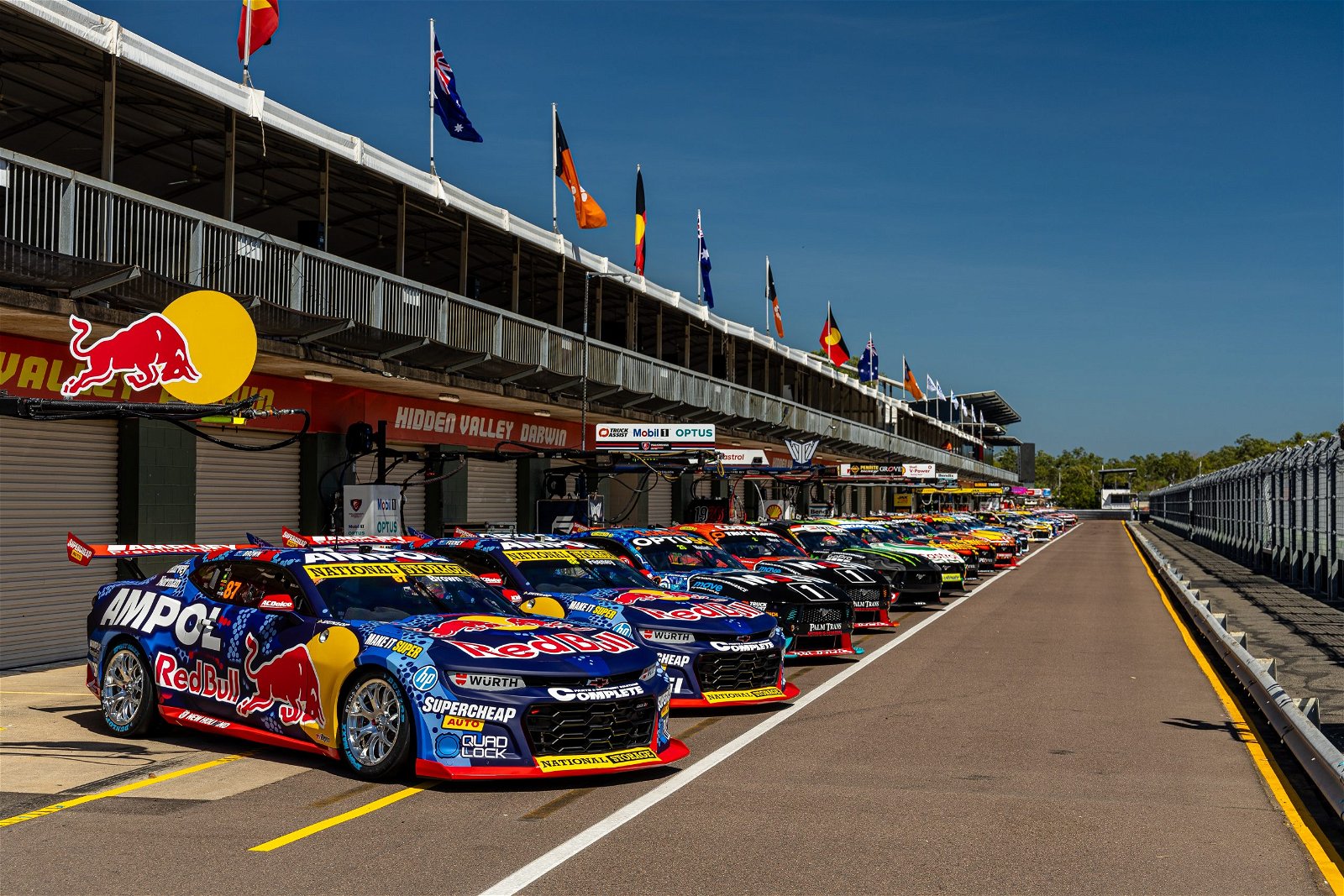

So the schedule was altered to bring qualifying for Saturday’s race forward to Friday afternoon, that session then becoming the first leg of the Triple Crown.
Effectively, a driver will have to top a session on all three days of the event – qualifying on Friday, Race 1 on Saturday and Race 2 on Sunday.
The quirk of the format is that the Triple Crown technically doesn’t require the winning driver to take pole position for either race, given the Friday qualifying pace-setter will only be the provisional pole winner.
That’s because a Top 10 Shootout on Saturday will determine the first five rows of the grid for the first race (as is the case on Sunday as well).
HOW TO WIN THE DARWIN TRIPLE CROWN
- Fastest in Friday qualifying (provisional pole for Race 1)
- Winner of Race 1
- Winner of Race 2
Back when the format was announced, Supercars General Manager of Motorsport Tim Edwards said: “By moving the qualifying session to Friday afternoon, there’s something to drive for every day of the event, which is what fans want to see.
“Darwin is one of our marquee events on the calendar and we think this format adds another dimension to the on-track product.”
In recent years the formula for the Triple Crown has been simple thanks to the three-race sprint format, with the crown on offer for anybody who could win all three.
Nobody was able to do that, though, with the last time the Triple Crown was won being 2020, when it was guaranteed to go off thanks to a one-off format based on round points.
That year it was Jamie Whincup who scored the most points and was therefore awarded the Triple Crown.
He is only one of two winners in the history of the Triple Crown, which was put in place in 2006. The other is Scott McLaughlin who won the two races and was fastest in the sole Top 10 Shootout in 2019.
Practice for the Darwin Triple Crown kicks off at 11:35am with qualifying – the first leg of the Triple Crown – starting at 2:35pm local time.




















Discussion about this post